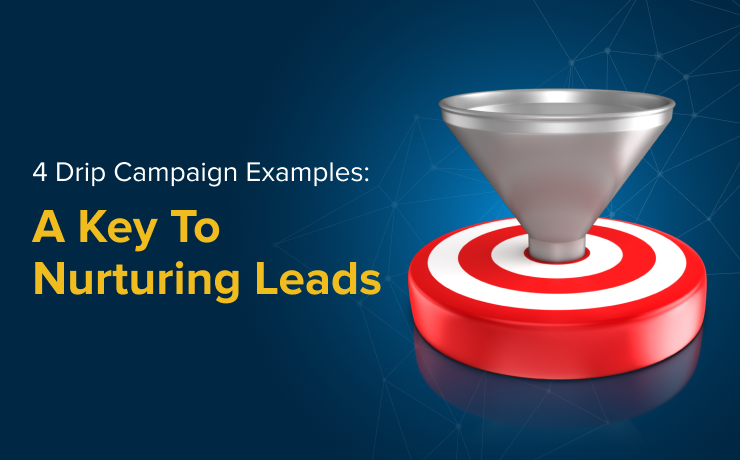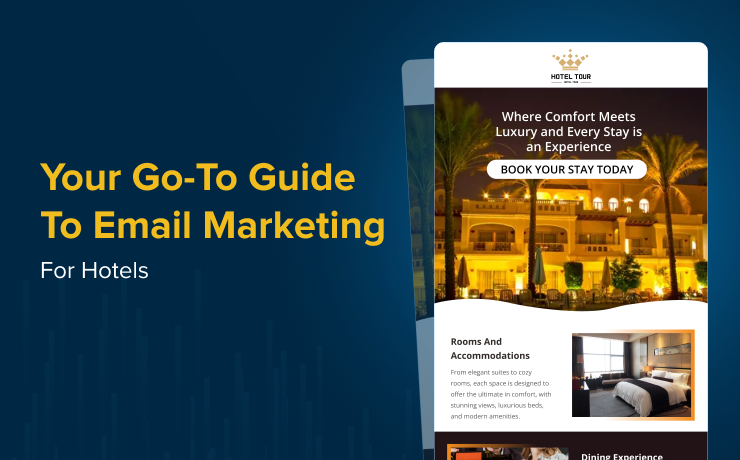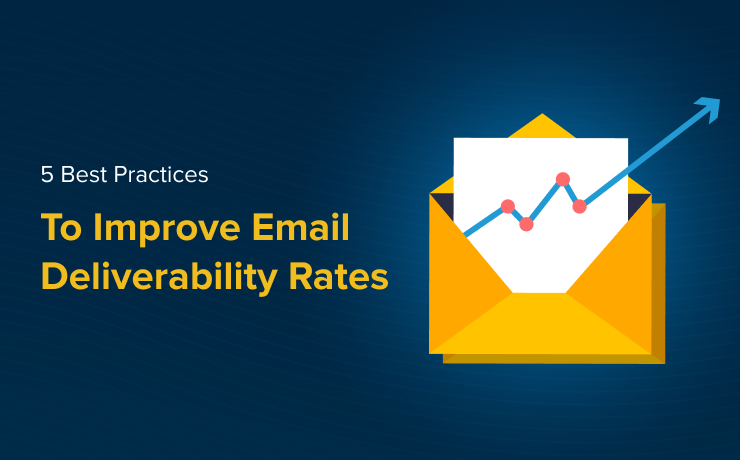How To Write A Welcome Email For Your New Customers

Clement Foo
Senior Digital Content Manager
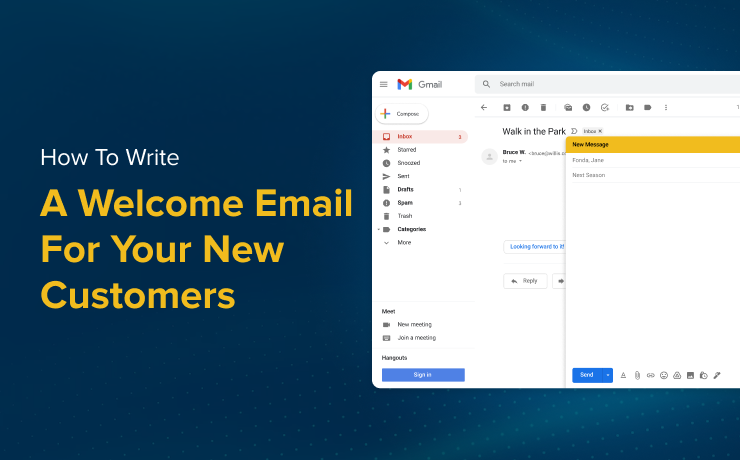
A welcome email is often the first formal communication between you and your new customers. It sets the tone for the relationship and can influence whether the customer remains engaged or loses interest.
Writing a great welcome email is about more than just saying “hello.” It is also about establishing trust and providing clear guidance on what to expect next.
This email helps introduce your brand, outline key benefits, and begin a lasting relationship. Below are the best practices for crafting a welcome email that delivers value for new customers.
Why a Welcome Email Matters
A welcome email for new customers serves as the first point of engagement after a customer makes a purchase or subscribes. It provides an opportunity to thank them for their decision and guide them through the following steps.
A well-crafted welcome email can increase customer satisfaction, build trust, and ultimately, drive future business. Customers feel valued when you acknowledge their decision promptly, and this positive interaction sets the stage for a productive relationship.
Key Elements of a Great Welcome Email
Your welcome email should be clear, concise, and aligned with your brand’s tone. To help you craft a successful email, consider the following best practices:
- A Strong Subject Line: The subject line is the first thing a customer sees. It should be inviting and informative. Keep it short and to the point, but ensure it captures the recipient’s attention. Phrases like “Welcome aboard!” or “Thanks for signing up!” can make the email feel personal and engaging.
- Personalization: A generic, one-size-fits-all message can make the customer feel like just another email address on a list. Personalize the message by using their name and, if possible, referencing their specific purchase or subscription. A personalized approach boosts engagement and builds rapport.
- Set Expectations: It is important to clarify what the customer can expect from you moving forward. Let them know how often they will hear from you and what kind of content or offers they can expect. Clear expectations reduce the likelihood of unsubscribes and increase customer trust.
- Highlight Key Benefits: Your welcome email should showcase the benefits of your product or service. Explain how your offerings will improve their experience or solve a problem they might have. If applicable, include a discount or special offer as a reward for their first purchase or subscription.
- A Clear Call to Action (CTA): A welcome email should always include a CTA. This could encourage them to explore your website, check out a product, or follow you on social media. Directing them to take action after reading the email will help you guide them through their journey with your brand.
Designing Your Email
Visual design plays an essential role in making your email appealing. Use a clean, professional layout that reflects your brand’s personality. Include your logo, a welcome image, or a banner to add visual interest. Make sure the email is mobile-friendly, as many people will read it on their phones.
Keep the email brief but informative. Avoid overwhelming the customer with too much information at once. The goal is to make them feel welcome, provide value, and give them a clear path for the next steps.
Let SmartSites Help You Perfect Your Email Strategy
At SmartSites, we specialize in email marketing strategies that help businesses create effective welcome emails. Our team can assist you in crafting personalized welcome messages that engage customers from the start.
Let us help you design email campaigns that introduce your brand and build lasting relationships with your audience.
 Free
Consultation
Free
Consultation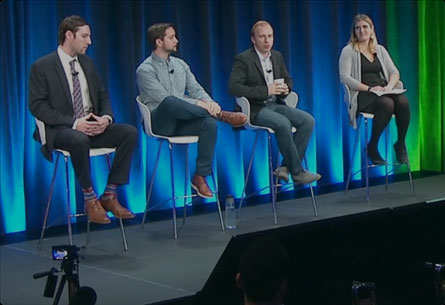 Free
Google Ads Audit
Free
Google Ads Audit
